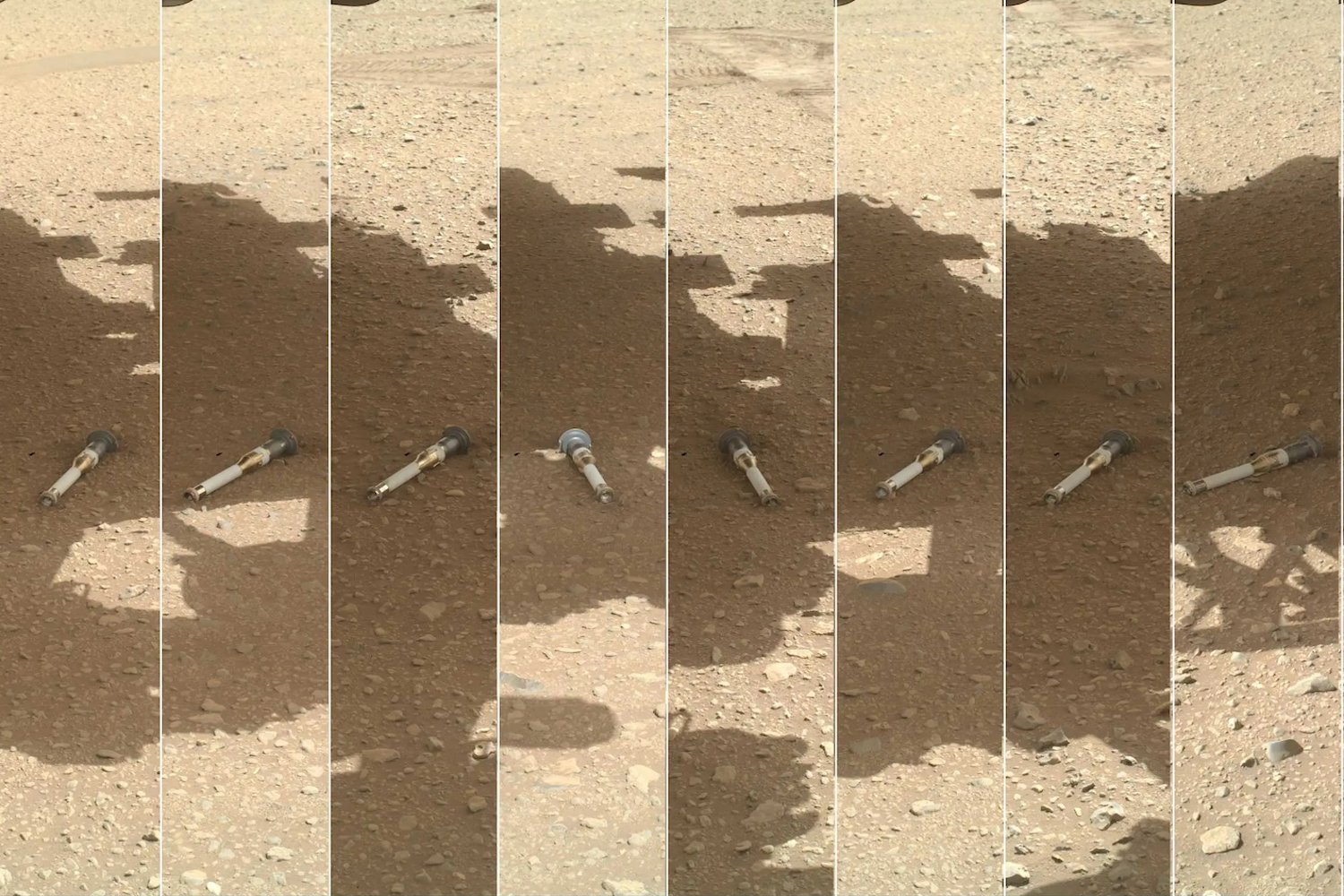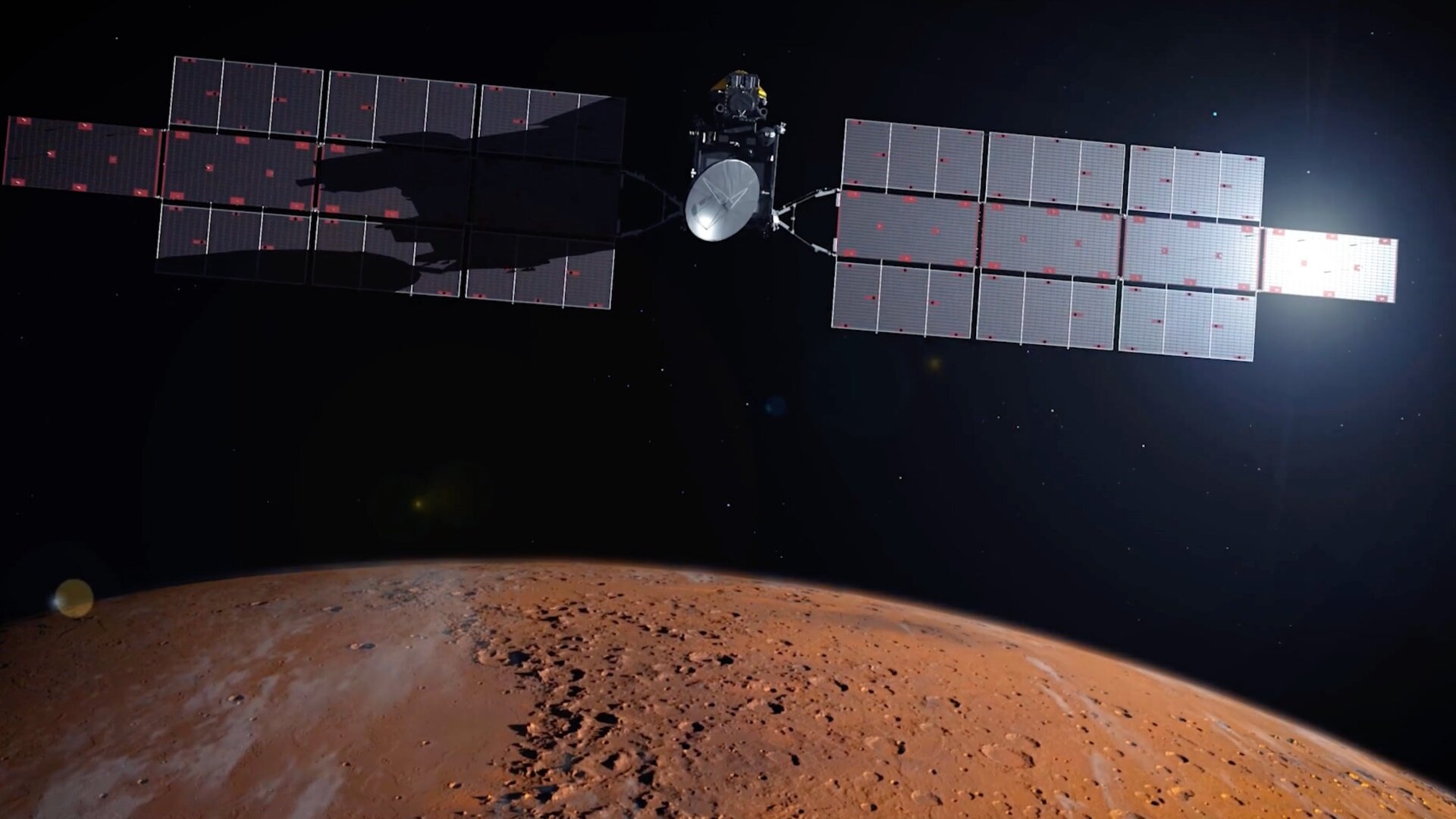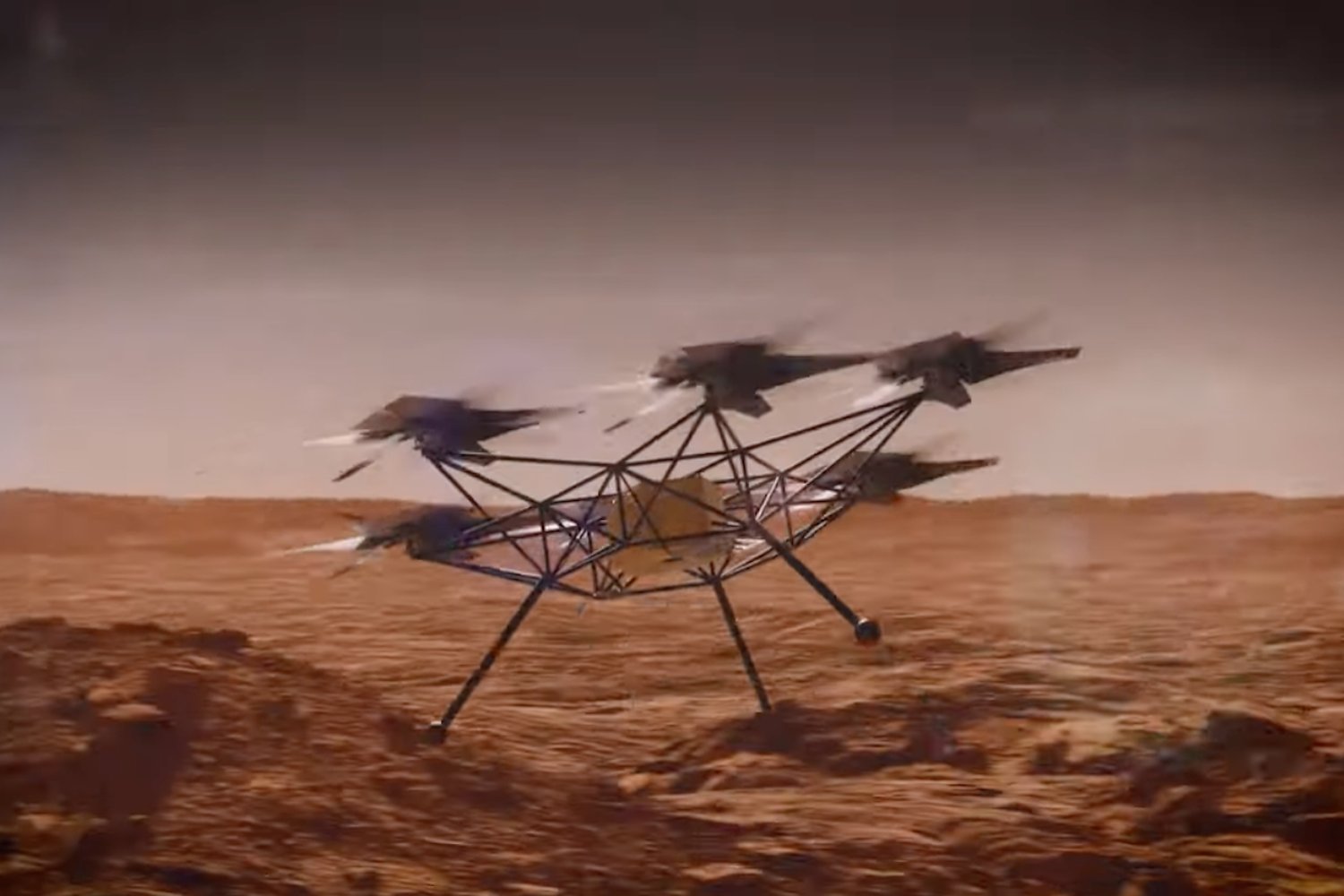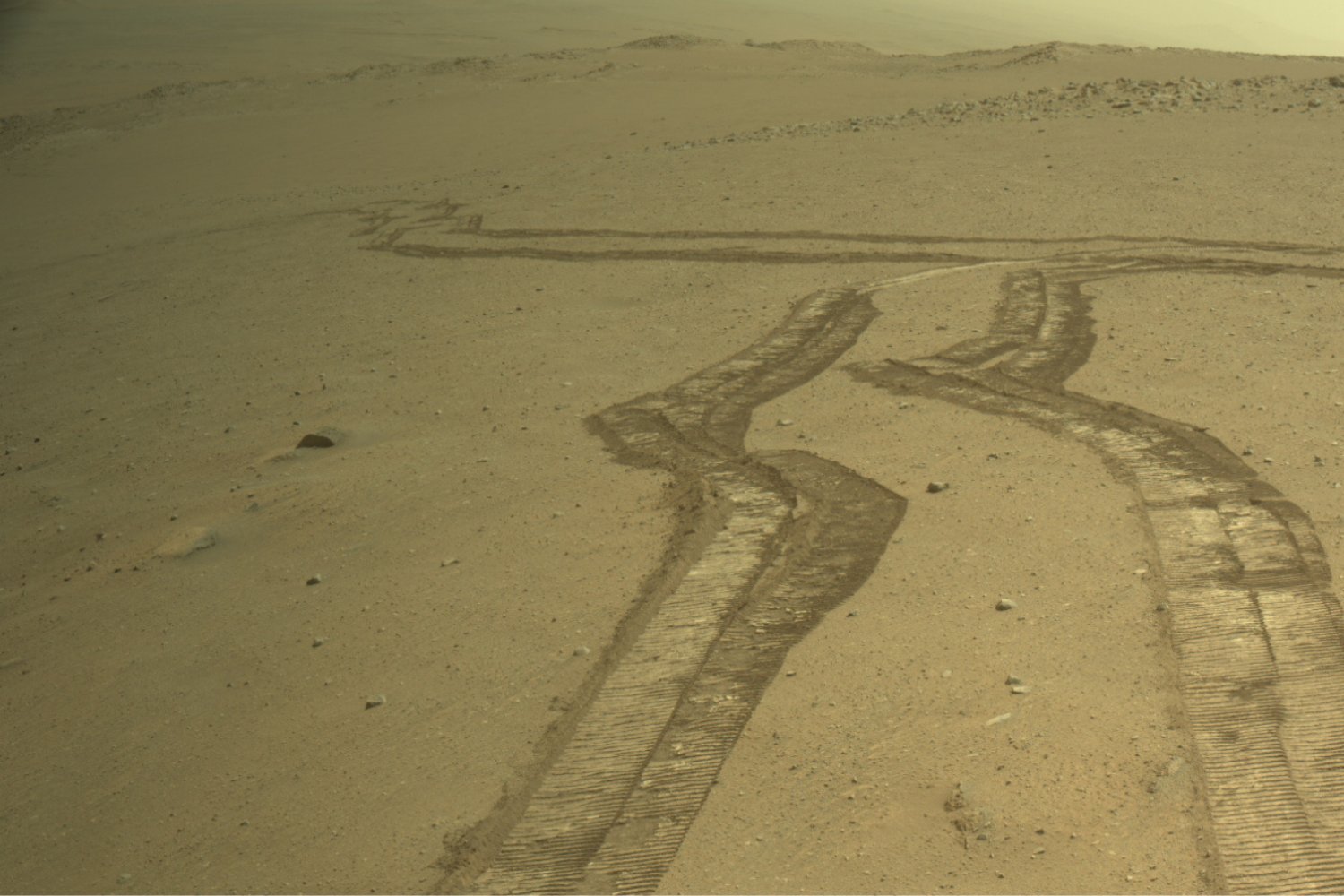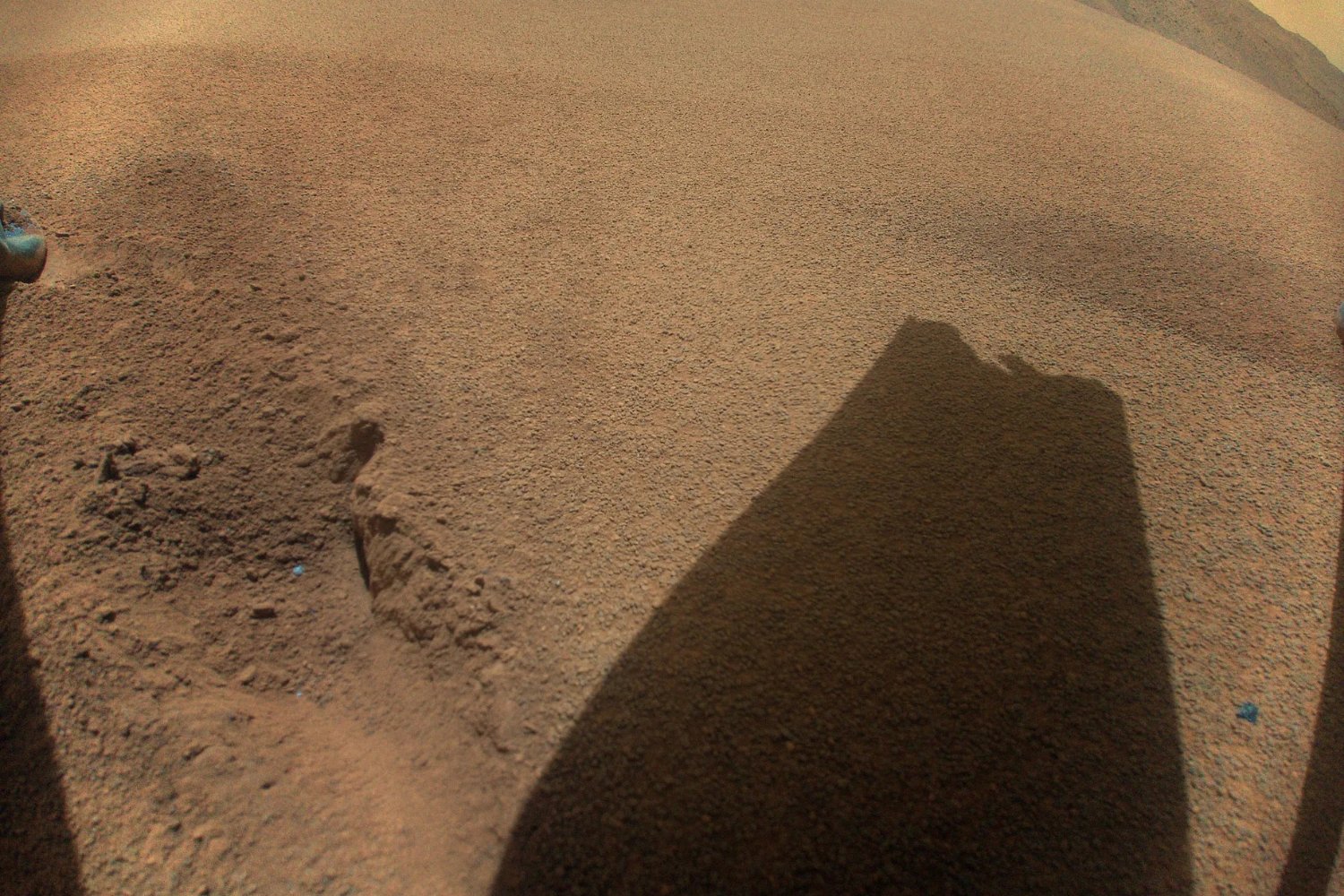NASA’s Perseverance team announced that the Mars rover managed to dislodge the pebbles clogging its sample cache system, a problem that has vexed the robot since last month.
The sampling caching system is arguably the most vital component of the Perseverance mission, as analyzing Martian rocks in detail will contribute to all of NASA’s Mars goals: figuring out if life ever existed on the planet, understanding its ancient climate and geology, and preparing for human exploration there. The samples collected by Perseverance will be brought to Earth in the early 2030s, if all goes according to plan.
But this is Mars, so rarely does a plan not encounter a snag or two. In Perseverance’s case, the most recent issue occurred when the rover was caching a sample it cored from a rock called Issole. Some rock fell out of the sample tube as it was being put into the bit carousel, a lazy-Susan-like contraption meant to store the rock samples on the rover. (The rover has 43 sample tubes aboard, seven of which have been filled so far).

As it turned out (and as some of our readers suggested), the rocks finally came loose after some shaking. First, the rover rotated the bit carousel, a move that cleared the two rocks that stopped the rover from processing the Issole sample. To keep track of the rover’s attempt, mission controllers studied the differences between images taken before and after the corrective actions. The ejected pebbles were picked up by the rover’s Mastcam-Z camera.
Then, the team turned to removing the remaining rock inside the sample tube, so that they could save that tube for another coring attempt. “We essentially shook the heck out of it for 208 seconds—by means of the percussive function on the drill,” reported Rick Welch, a deputy project manager at NASA’s Jet Propulsion Laboratory, in a recent blog post. The maneuver was a success, and the tube will now be reused.
But two smaller pebbles were still stuck. The NASA team determined they wouldn’t jam the rover, though, and figured they may shake loose through some driving. Indeed, the Perseverance team reported on January 25 that the rover backed up onto some nearby rocks, tilting the robot, and then twisted one wheel. In that process, the remaining rocks fell out of the $2.7 billion vehicle.
Now that Perseverance has passed the stones, it can return to the 2-year project at hand: collecting more rocks, the right way.
More: NASA Has a Plan to Dislodge the Pebbles Stuck in Perseverance Rover

